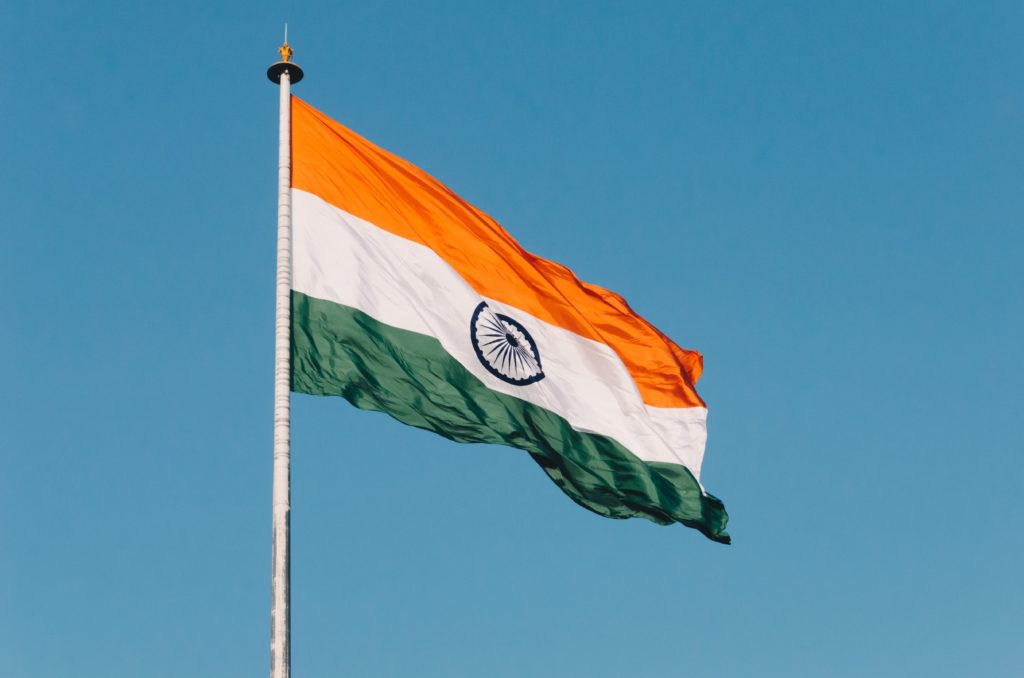Our free Global Marketing Calendar for 2023 is here
The 2023 edition of our Global Marketing Calendar has landed. View the interactive version on our website now or download your free PDF copy.

With a population of 1.39 billion, India is one of the most densely populated countries on the planet. In 2020, internet penetration was at 50% but has been climbing at a dizzying rate year on year. The same trend can be seen throughout the Asia Pacific region, with digital sales in the region projected to surpass 1.5 trillion USD in 2021. There’s little doubt that India is fertile ground for aspiring UK businesses looking to expand, but what can non-native businesses expect?
Around 530 million internet users in India are expected to buy goods and services online in 2021. As many as 80% of all e-commerce purchases were projected to be made via smartphone in 2020. Any businesses looking to expand their operations to India should take the rather unique makeup of the consumer market into account.
As recently as August 2019 India’s government eased foreign direct investment restrictions in several sectors in order to attract more business from overseas (base corporation tax is currently at 40% for international businesses). It’s something which Apple Inc and many other brands have been waiting for, and could be the perfect time to make inroads into the market.
Google is the number one search engine in India. In fact, Google gets a higher share of search traffic in India than anywhere else in the world at 95.47%. Most Indians spend 2.3 hours per day on social media, primarily on Facebook. The social giant has 320 million registered users in India, with 99.4% of their userbase accessing Facebook via mobile in January 2020.
It’s also worth noting that India is still a very divided economy, and in some parts of the country it’s common to only earn the equivalent of $1 for a day’s work. It is therefore advisable for businesses not to think of the Indian market as a single entity, but rather a combination of very different markets.
As of 2019, digital wallets accounted for a quarter of all online e-commerce payments in India. This means that businesses will have to consider accepting payments from popular digital wallets such as Airtel Money, Citi MasterPass and Citrus Pay. The sudden government withdrawal of 500 and 1,000 rupee notes from circulation (November 2016) encouraged a further increase in online transactions. Digital wallets are so popular in India that their use is expected to grow at a compound annual growth rate of 80% until 2021, whereupon it will become the most popular e-commerce payment method, with a 34.8% share of all online sales. Many experts think that India will become a cashless country within the next decade – excellent news for e-commerce retailers.
Several UK retailers have expressed keen interest in India lately, not least because of its rapid increase in spending and commerce. Companies like Tesco and Marks & Spencer have demonstrated a desire to partner up with businesses in India in order to gain some brand awareness, but they’re struggling to adapt to a different market. In the UK we’re used to the idea of ‘weekly food shops’, whereas Indians tend to visit fresh grocery stalls every day and cook fresh food. The challenge for retailers is to understand the demand for products and services, and how they can use cultural trends and behaviours to make their offer attractive.
However, British fashion brands are well perceived in India. Next has seen a great deal of success in Delhi in particular, where lots of consumers shop both in-store and online. In the UK, shopping online at Next means opening an account with a Next store card, but in India the brand has adapted to the market by dropping this requirement.
Amazon retails exclusively online and has seen great success in India by capitalising on events like Diwali. October 2016 saw Amazon’s first ‘Great Indian Festival’ – a period of 4 days where discounts and sales were offered in the build up to Diwali. In 2020, Amazon extended the Great Indian Festival sale to last for the duration of the month-long Dussehra to Diwali season.
“Diwali is a key celebration, with consumers spending approximately $4 billion USD online on home refurbishment, new clothes and gifts. Leading e-commerce sites target the holiday with their annual sales which are the biggest of their kind.” – Fatema, Oban Local In-Market Expert (LIME), India.
Contact us today to see how we can help your business explore new markets like India.
. . .
| Internet penetration rate: | 50% – 2020 |
| e-commerce penetration rate: | 76.7% |
| Mobile commerce as a share of retail e-commerce sales in India (Projected for 2020) | 80% |
| Digital population across India (Jan 2020): | Active internet users: 687.6m
Active mobile internet users: 629.2m Active social media users: 400m Active mobile social media users: 400m |
| Active e-commerce penetration (Jan 2021): | 76.7% |
| Facebook users by country – 2020 | India – 320 million (highest globally) |
| Google Market share 2020 | India: 95.47% (highest globally)
|
| Indian digital payment trends – 2019 | Digital wallets used for a quarter of all e-commerce payments
Expected to grow at a compound annual rate of 80% to 2021, at which point it will become the primary online payment method, taking a 34.8% share of sales |
| Asia Pacific e-commerce revenue – 2021 | 1.62 trillion USD |
Disclaimer: This article was originally published in 15/12/2016 but has been updated in 19/03/2021